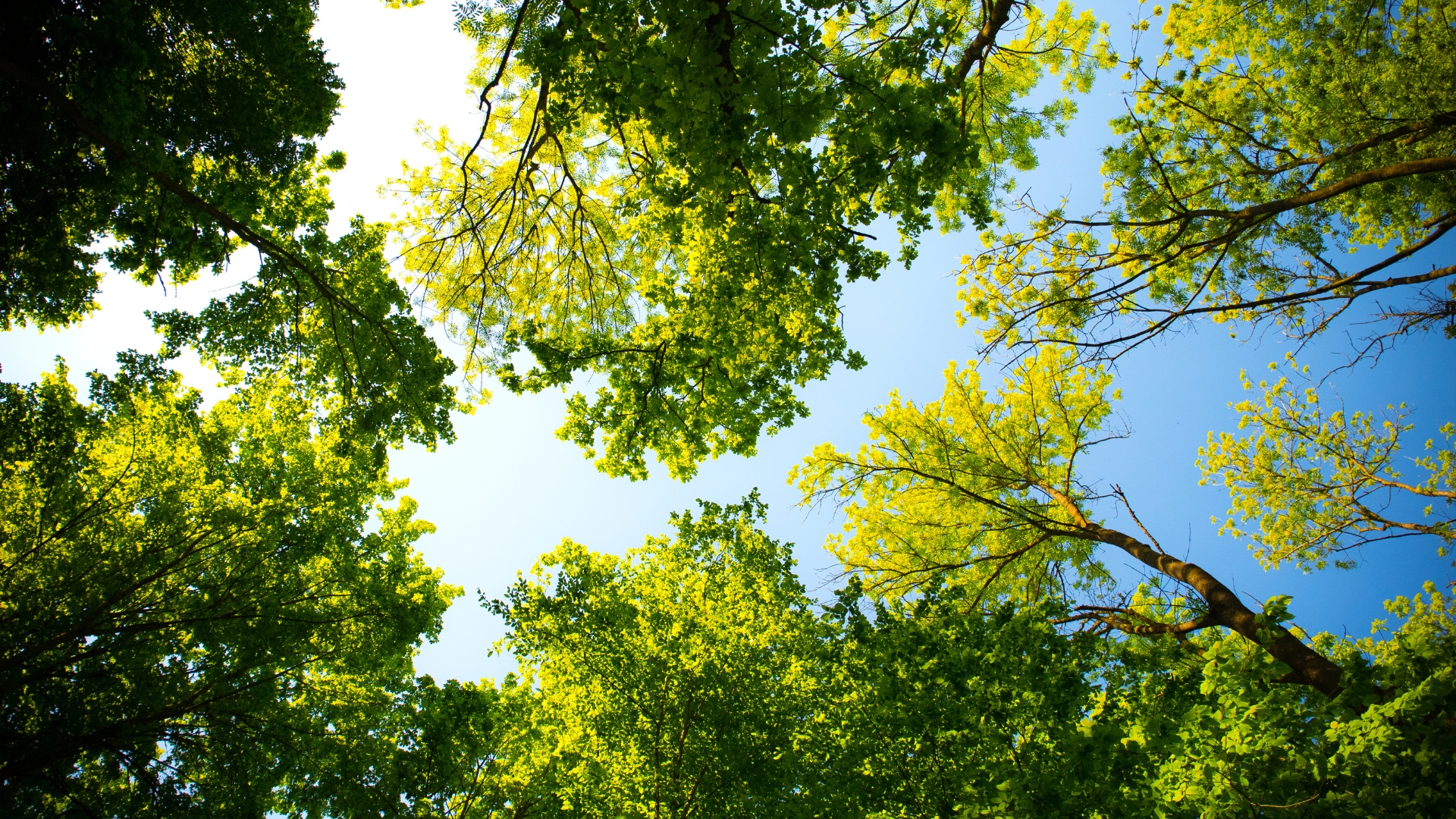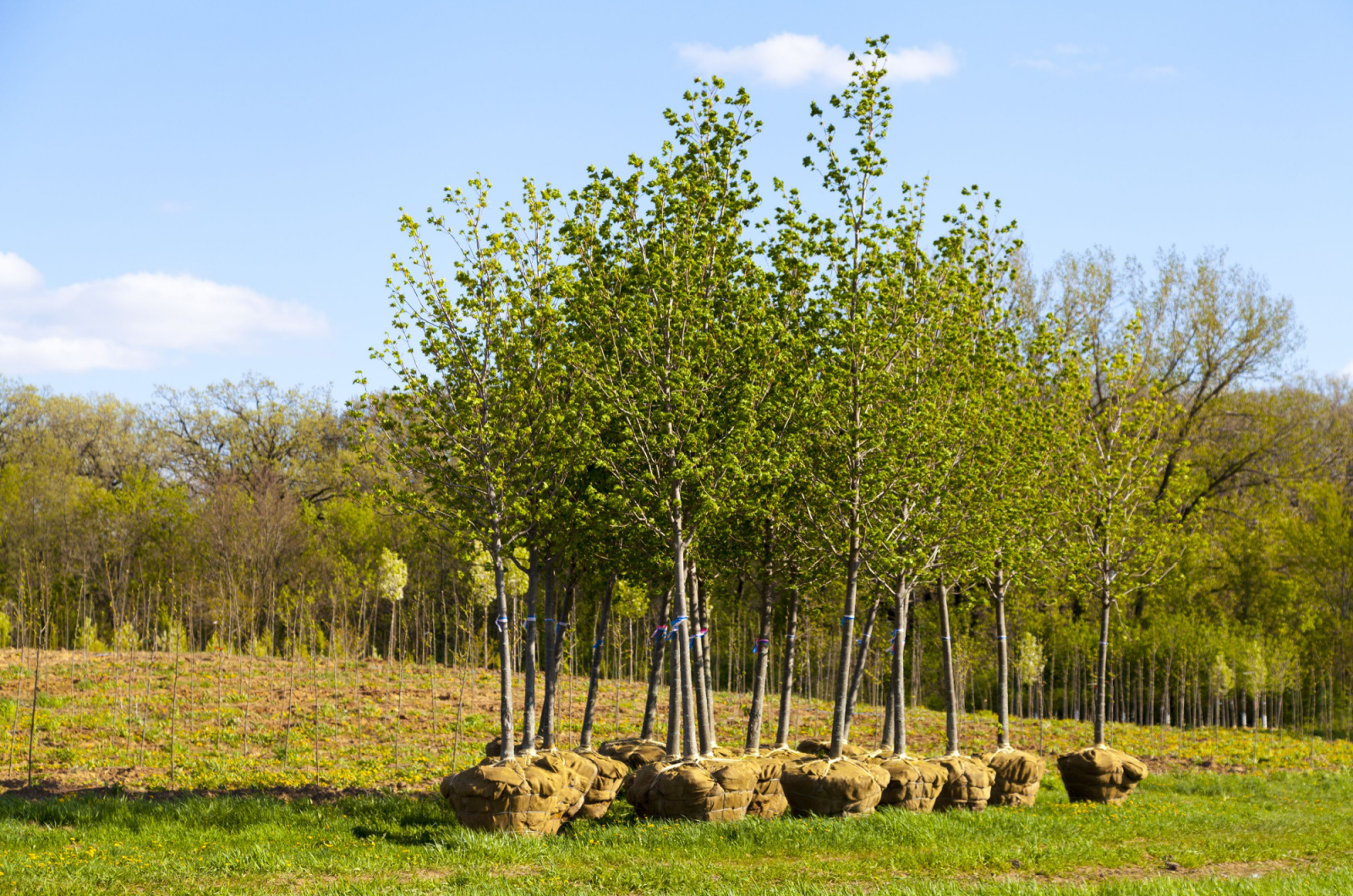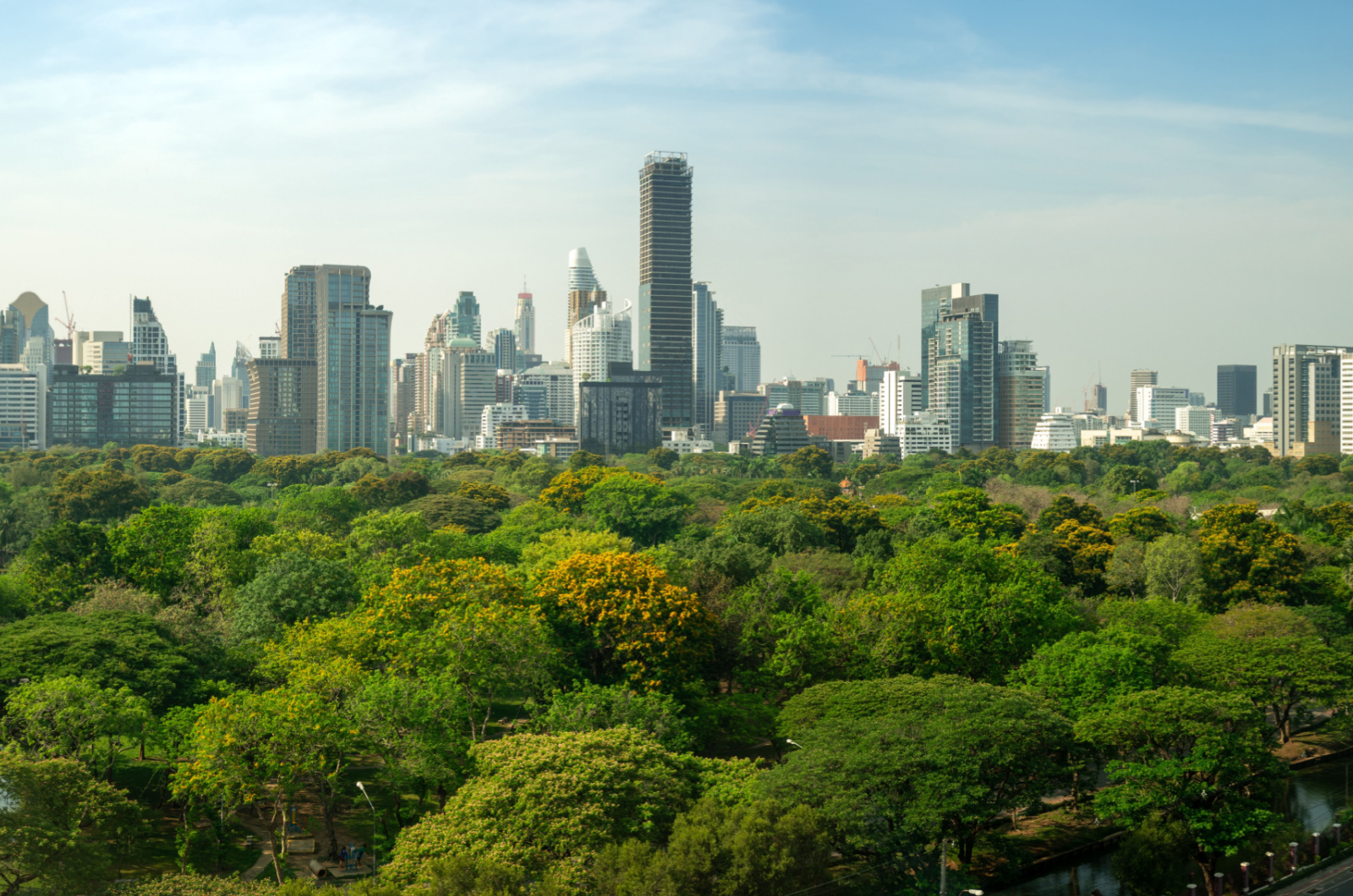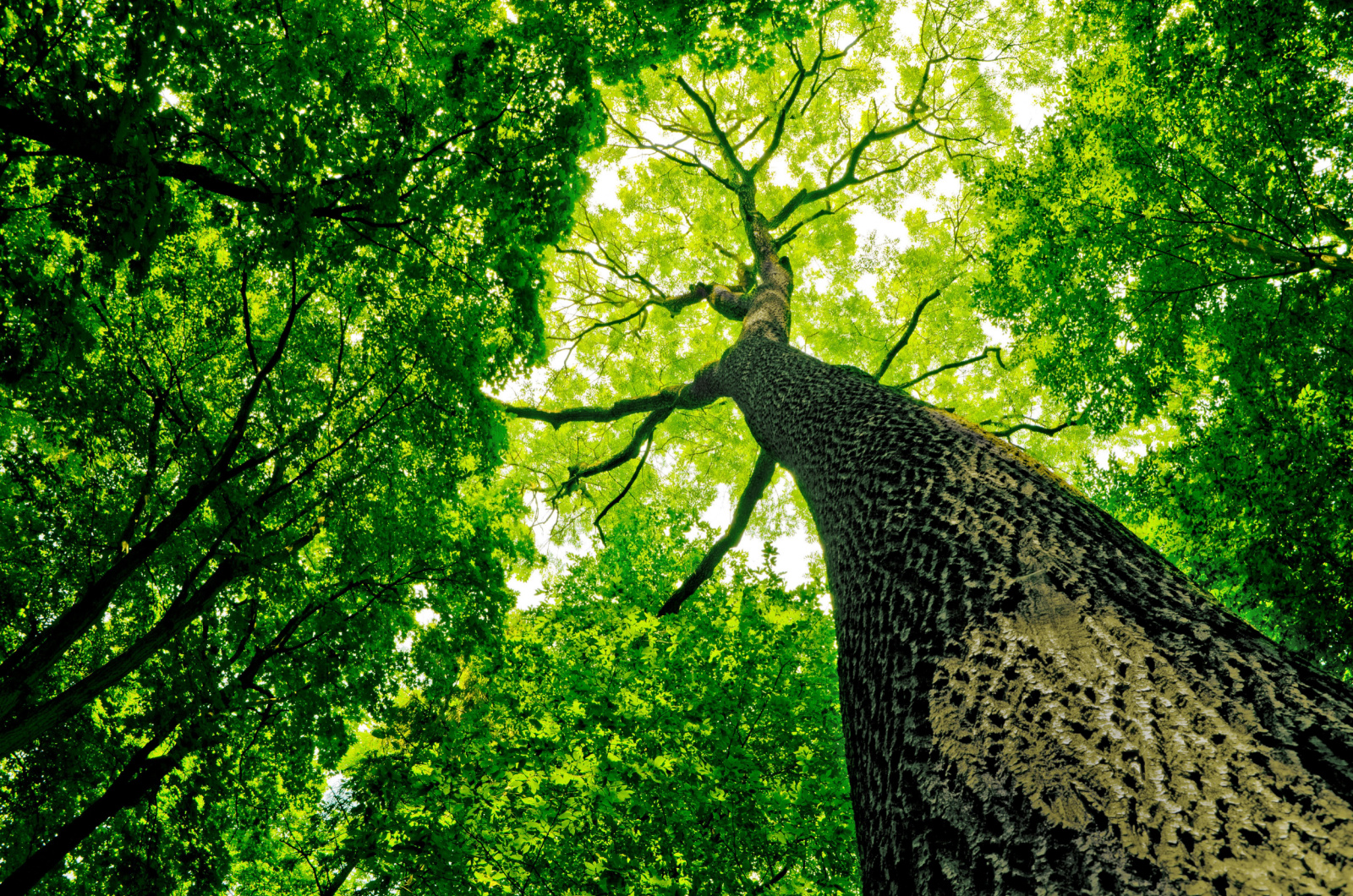Allowing trees to grow undisturbed could play a crucial role in mitigating climate change as they act as natural carbon sinks. It’s estimated that simply letting trees thrive without interference has the potential to absorb and store up to 228 billions tonnes of carbon from the air!
This is the equivalent of taking out around one-third of the carbon that humans have contributed to the atmosphere up to this point, but critics claim it is highly unlikely to reach this level of absorption.
This discovery will make people argue more about how helpful trees are in fighting climate change. It all started with a 2019 study by Thomas Crowther and his team in Switzerland, which said we could store lots of carbon by growing trees in new places.
But some other scientists disagreed, saying the study may have exaggerated the benefits by counting places where trees can’t really grow, like deserts, and not considering things like fires that would otherwise completely ruin the forest.
“There is a great deal of false hope that can be generated by estimates that are too high,” says Matthew Fagan, a professor at the University of Maryland, Baltimore County.
More disagreements arose when people started thinking the study meant we should plant a ton of trees everywhere. But here’s the problem: planting a bunch of trees in a hurry can actually harm nature and the folks living nearby, even if it stores carbon.
Crowther says this focus on tree-planting made things way too simple, which only ended up causing damage. According to him, this scientific debate has really hurt the efforts to protect the environment.
Trying to move past the arguments, Crowther and over 200 fellow researchers decided to check again how much carbon Earth’s forests can store. Crowther says, “There is a massive opportunity to store carbon simply by protecting the ecosystems that we have.”
The team used different data and methods to figure out how much carbon forests could store in a hypothetical world free from human impact. They used satellite data and measurements from over a million forest spots around the world to create three different models.
The different models gave pretty similar results, suggesting that Earth’s forests could store between 221 and 472 billion extra tonnes of carbon.
But here’s the thing: around one-third of this imagined forest would have to grow in places where there are currently farms or cities, making it hard to restore.
The scientists did discover, however, that there is a possibility to store an additional 108 to 228 billion tons of carbon in current forests, which may not be storing as much carbon as they could.
Another 87 billion tonnes could be added by bringing back forests in areas where they were cut down but aren’t used for cities or farming. Crowther hopes people will see how much nature can really help in dealing with climate change.
Even though other scientists appreciate the new focus on protecting existing forests instead of planting new ones, some still think the recent paper doesn’t resolve all the issues raised about the 2019 study.
Joseph Veldman from Texas A&M University, a critic of the 2019 study, points out that this new paper doesn’t address the practicality of actually protecting or restoring huge areas of the world’s forests.
Joseph mentions that the paper doesn’t tell us how much of this estimated carbon storage is realistically achievable.
Karen Holl at the University of California, Santa Cruz, points out that the worldwide analysis might overlook the complex social and ecological factors that decide if protection or restoration can happen locally.
The researchers also admit there are other reasons why the estimated carbon storage might be too optimistic, like the risk of wildfires or how climate change could impact future forests.
Additionally, Caspar Roebroek at ETH Zürich mentions that it would take “many decades and likely up to centuries” for all this extra carbon to build up in these forests.
This long timeline makes the impact of additional carbon storage less significant in the short term for reducing emissions.
Fagan emphasizes that protecting forests is one of the best and most cost-effective solutions, but a more realistic approach is needed. He recommends concentrating conservation efforts on the most carbon-rich and biodiverse regions rather than trying to save every forest.
These places act like natural cathedrals, and once their carbon stores are lost, they’re gone forever. Fagan urges attention to these critical areas rather than a broad focus on protecting global forests.




